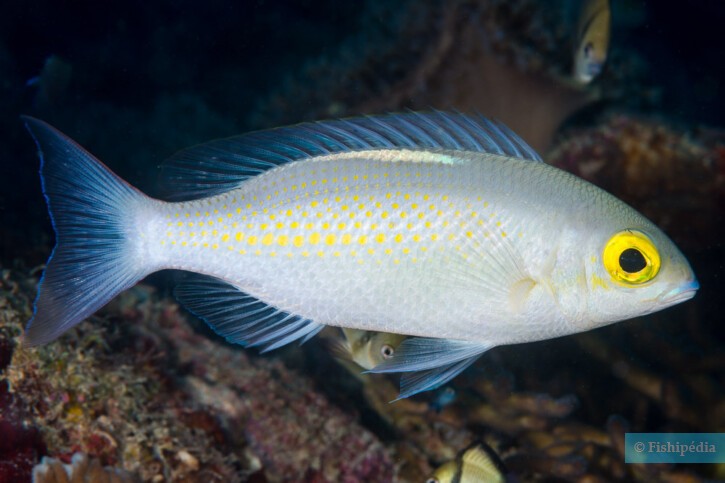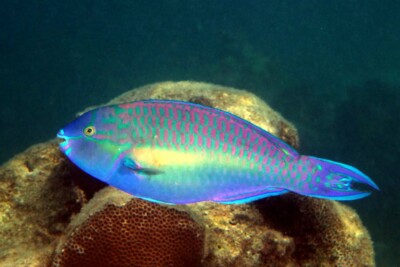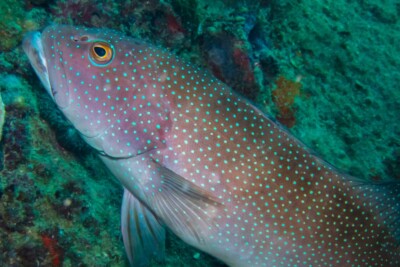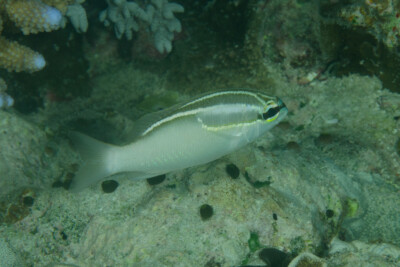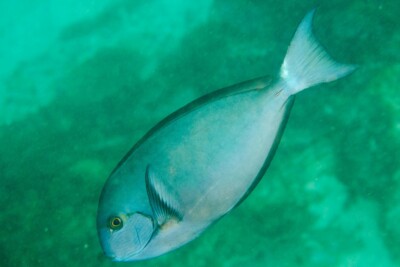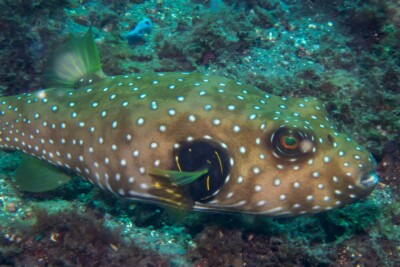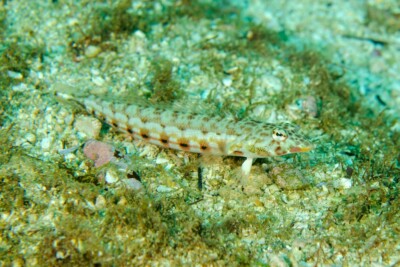saw-jawed monocle bream
| Family | Nemipteridae |
|---|---|
| Genus | Scolopsis |
| IUCN category (World) | LC |
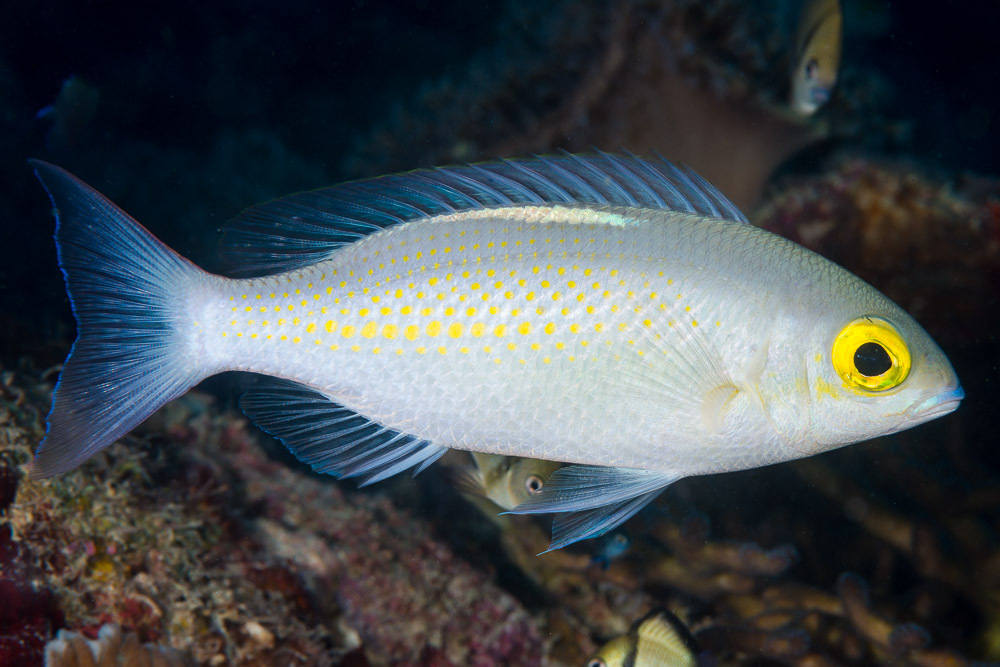

Introduction
Scolopsis ciliata, commonly known as saw-jawed monocle bream, is a salt water fish.
This sheet is currently being prepared. The texts currently proposed come from our data model or are being drafted. To request priority for this content, you can write to us HERE.
Who is it?
Genus Scolopsis
In 2023, the genus Scolopsis comprises 18 species recorded in the tropical and subtropical regions of the Indian and Pacific Oceans. These fish, often referred to as "Scolopsis" generically, display a variety of appearances and habitats.
Scolopsis are opportunistic predators that primarily feed on benthic invertebrates (polychaetes, brittle stars, aquatic worms, and small crustaceans). Juvenile fish feed during the day, while adults exhibit nocturnal habits and primarily hunt at night. During the day, adults hide, venturing out to forage above sandy banks.
Their body shape is oval, with several species featuring a diagonal band that separates the typically white belly from the patterns on the upper part of their bodies.
Different species of Scolopsis occupy a range of habitats, from mangroves to coral reefs. Some are found in shallow waters near coastlines, while others prefer deeper reef areas.
Many Scolopsis species are categorized as protogynous hermaphrodites, meaning they are born as females and can transition to males as they grow. However, there are variations and exceptions to this pattern, and not all females necessarily change their sex.
As of now, none of the Scolopsis species are considered threatened. Although Scolopsis bilineata occasionally appears in small numbers at local fish markets, there is no targeted fishery for them. Live specimens are sometimes captured for the aquarium trade.
Morphology
-
Average size10 cm
-
Maximum size25 cm
-
Patterntasks
-
Average size10 cm
-
Maximum size25 cm
-
Patterntasks
How to recognize This fish ?
The saw-jawed monocle bream measures between 10 and 25 cm. This fish is bicolore with a predominantly jaune and blanc body. The also has jaune tasks.
Behaviour & Life cycle
-
dietcarnivorous
-
Sociabilitygregarious
-
territorialNo
-
Way of livingnocturnal
The saw-jawed monocle bream is a fish gregarious naturally found at mid-depth and near the bottom. This species is carnivorous . This fish lives mainly at night. Usually, it leaves its hiding place and starts to be active once it gets dark.
Although the saw-jawed monocle bream is non-territorial, it is sometimes aggressive towards other species.
Reproduction
-
Reproductionovipare qui pond en eau libre
-
Hermaphroditeprotogynous
The saw-jawed monocle bream is a fish ovipare qui pond en eau libre. always born female. Growing up, individuals will change sex to become male, this is called successive hermaphroditism of the protogynous type.
Harmless species
This species does not represent any particular threats to humans when encountered in its natural environment.
Origin and distribution
What is its habitat?
Natural environment characteristics
-
Temperature26 - 30 °C
-
Depth2 - 25 m
Biotope presentation
The saw-jawed monocle bream is most often found at a depth between 2m and 25m. However, it is not impossible to find this species at other depths.
Species of the same biotope
To go further
Sources & Contributions
Participation & Validation
The Fishipedia team and specialist contributors are committed to providing high-quality content. However, although the information comes from scientific sources or testimonials from specialists, the cards may contain inaccuracies.

Benoit Chartrer
Translation
Translation done with the valuable contribution of our translators, who make this information available to a wider audience. We sincerely thank them for their commitment.
Scientific partners
Tags
Same genus
Species of the same biotope
